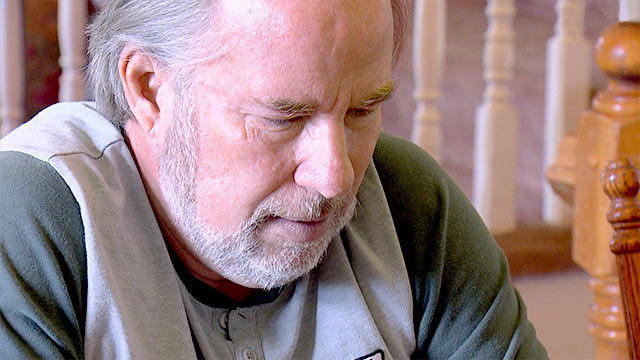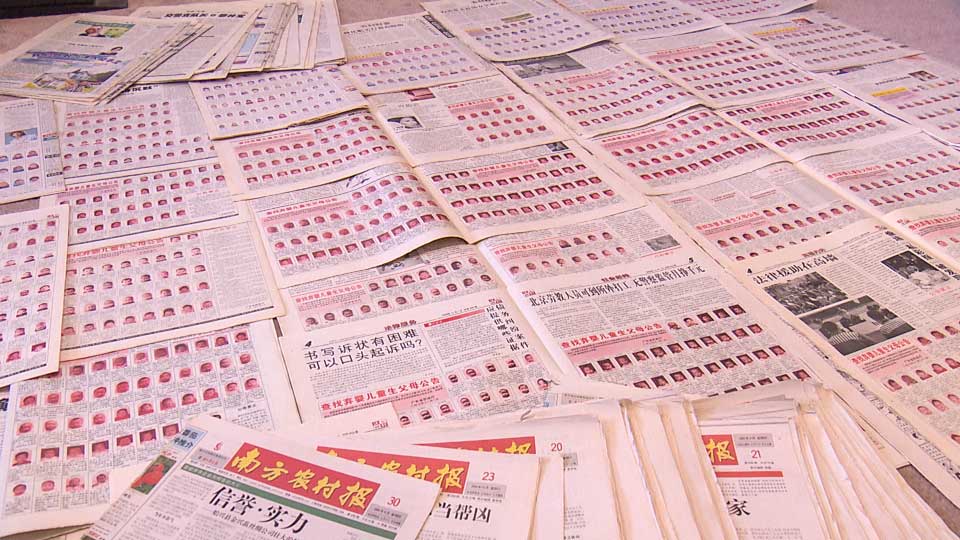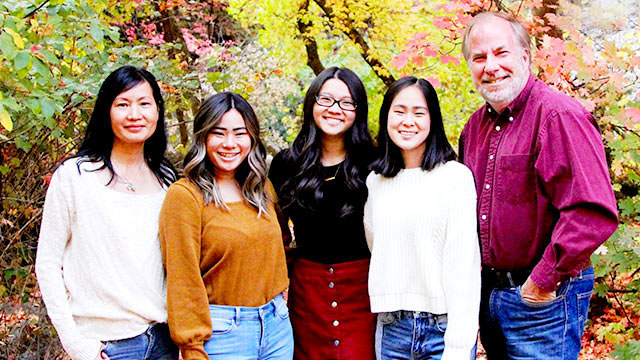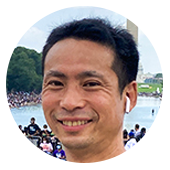International adoption is widespread in the US, with China the most common country of origin of the children involved. More than 80,000 adoptees in the US were born in China, where the regulations governing adoption used to be comparatively lax.
"I decided to adopt a child from China because I learned about the terrible situation of an orphanage in Shanghai through a documentary. I simply wanted to provide a home for a child that I thought needed one," says Meilan's adoptive father, Brian Stuy.
Brian and his wife Longlan, who is Chinese by birth, have three adopted daughters from an orphanage in China. The daughters have often inquired about their biological parents, but all the couple knew was what the orphanage had told them: that the girls had been abandoned.

Elusive truth
In China, when a baby is brought to an orphanage, the details of the child are published in a newspaper. The information includes gender, physical condition, date they were handed in and a photograph of their face. If their parents do not come forward within a certain period of time, the babies become available for adoption.
The Stuys' home has piles of Chinese newspapers the couple collected as part of their search for information about their daughters' roots. In one of those newspapers, Brian spotted a photograph of one of his daughters and details of the orphanage.

He flew to Dianbai in Guangdong Province and visited the orphanage, then tracked down the woman who had reportedly found his daughter as an abandoned baby.
"She described my daughter's dress and said there was an empty milk bottle in the box with her," he says. "She had it down to the smallest details. At that time, I thought I had learned everything I needed to know."
Lies created despair
But the story took an unexpected turn a few years later. Brian saw a news report about an orphanage in Hunan Province that was engaged in human trafficking, systematically offering money for babies and putting them up for international adoption.
The Stuys then found out that other adoptive parents had been told strikingly similar stories about how their daughters were found. So they flew back to the orphanage in China to confront them. It didn't take long for the story to fall apart and the people at the orphanage to confess. "I asked them 'why did you lie to me?' and all they said was 'Once you start a lie, you stay with a lie,'" says Brian. But he could not find out how his daughter actually ended up in the orphanage.
Fallout of China's one-child policy
At this point, Brian and Longlan began collecting newspapers from all over China in an effort to get a true picture of the adoption world. They made a database of the babies, which has grown to include more than 70,000 faces. They have also begun matching babies to biological parents through DNA. At the request of families who have adopted children from China, they search for people who might be the birth parents and collect their saliva for testing. To date, they have identified the biological parents in nearly 100 cases.
One of the driving factors behind China's adoption market was the one-child policy that the government implemented around 1980 to control the rapidly growing population. Each married couple was allowed to have only one child. The rule was enforced strictly, with violations punished by a fine.
Brian says the preference for sons over daughters in China prompted some parents to give up their first-born girl after having a boy as their second child. Other parents had their second child removed by the authorities. Of the nearly 100 biological parents that the Stuys have identified, only one couple said they voluntarily gave up their child.
"There was a strong pressure from the one-child policy," says Longlan. "Doctors or midwives, or sometimes even grandparents who were afraid of local authorities, were trying to tell mothers to give up their children."
A changing China
The environment has changed considerably over the past two decades. The Chinese economy has enjoyed dramatic growth, while the old idea that sons were of more value than daughters is fading. The government ended the one-child policy in 2015 and has tightened the conditions for international adoptions. The number of Chinese children adopted annually in the US peaked in 2005 at around 8,000 and has since shrunk to one-tenth that number.

Two years ago, Meilan was reunited with her biological parents and learned that she was their second child and they had to give her up.
"I had always thought they [willingly] gave me up. I was mad at them and didn't want to be associated with them in any way," she says. "But then the moment you realize that they actually wanted me, I felt guilty because my whole life, I've been trying to paint them as people that didn't want me; bad people. But they were very nice people and they consider me as their daughter."
She says she can't quite see things that way, and draws a distinction between her biological parents and her true family in the US. But all these years after becoming a member of the Stuy family, she finally knows how she got there.

